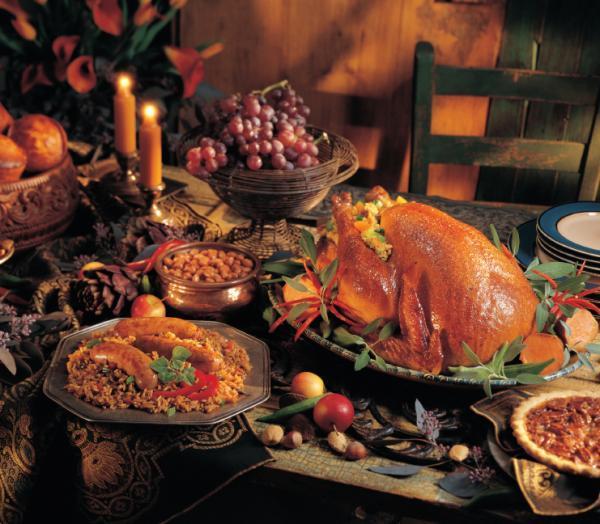Passages,
Exodus 19:4, 20:22-26, 34:17, Lev. 26:1-2, Dt. 4:15-24, 11:16-17, 27:15
We note here that this prohibition does not forbid art work in general.
Priest’s garments — Pomegranates (Ex. 28:33-34, 39:24)
Mercy seat — Two Cherubim of Gold (Ex. 25:18-22)
Sanctuary as whole richly ornamented
These types of things in the OT could be used in the context of worship. The prohibition in the 2nd commandment concerns itself w/ forbidding turning any created thing into a talisman that would serve as a conduit between God and His people.
To create such a talisman was to violate the Creator vs. Creature distinction.
This ban on images makes God non-manipulable.
Jeroboam — I Kings 12:25f
Without Images God can not be controlled to the controller’s desired end.
So, idolatry generally speaking is forbidden in the 1st word but in the 2nd word we have prohibition concerning how the cultic worship is to be shaped. The Second word informs us we can only approach God on God’s terms, there are to be no Talismans between God and man — no mediation between God and man — except that which is ordained by God.
Nadab and Abihu — Lev. 10:1f
In terms of the prohibition we must keep in mind that whenever man believes that can establish His own approach to God in worship it is not long until he believes that he can his own autonomous law word in every other area of life.
This is why some have contended that until we get worship right, and begin to worship God upon His terms, we will never get anything else right in other jurisdictional spheres. And this has some merit. If man is homo adorans — man the worshiper — then man a man who worship God by His own will and lusts will live all of his life according to his own will and lusts.
So, this commandment reminds us that the lawful approach to God is entirely of God’s ordination. This in turn reminds us of Christ since the whole OT economy is one reminder after another of how God graciously came near His people and how Worship was entirely God centered.
